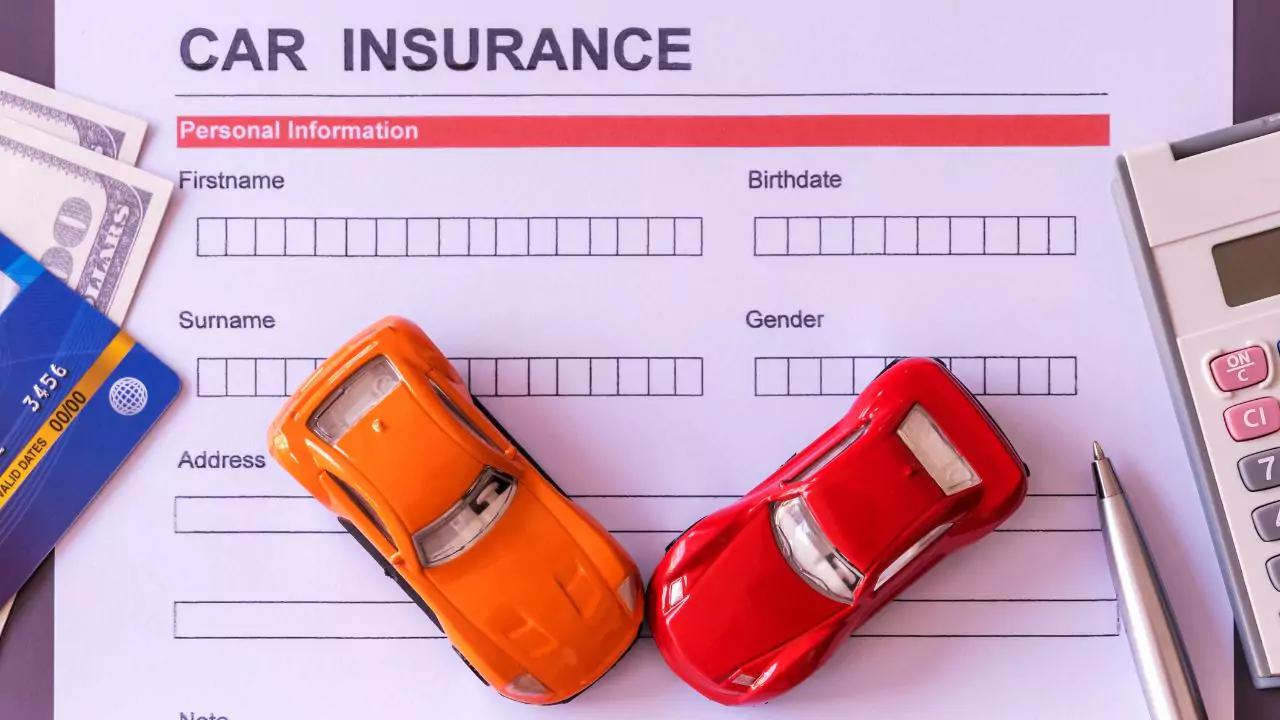Yes, when you move states, you normally have to change vehicle insurance. Your coverage may not comply with state vehicle insurance regulations. When you relocate to a new state, you must change your license, registration, and address. We’ll discuss how to change vehicle insurance while changing states in this post.
Understanding Car Insurance Requirements When Moving States
Each state sets minimum liability coverage for drivers. This insurance pays for damages to others’ property and people in a crash.
Some states require extra coverage like personal injury protection, uninsured motorist coverage, or medical payments. These help pay medical bills for you or your passengers after a crash.
Insurance costs vary by state based on risk, claims, competition, and regulations. For example, Michigan has the highest average rates because it requires unlimited personal injury protection.
Maine has the lowest rates due to low population density and high insured drivers. Check your new state’s DMV website for requirements. Also, compare average rates by state on sites like ValuePenguin or Car and Driver.
Options for Changing Car Insurance When Moving States
When moving states, you have three main insurance options:
- Transfer your current policy if your insurer operates in your new state and meets requirements. Contact your agent or customer service to request a transfer. Provide your new address, registration, and license details. Your insurer will adjust rates and coverage.
- Switch to a new provider if your current one does not operate in your state or is uncompetitive. Shop quotes online or through an agent. Compare coverage, price, and service before deciding. Cancel the old policy and start a new one.
- Cancel your policy if selling or storing your car long-term. Notify your insurer of the cancellation date and pay any fees. Buy a new policy when ready to drive again. This leaves you uninsured temporarily, so is the riskiest option.
Important Considerations When Changing Car Insurance When Moving States
When changing car insurance when moving states, you should keep in mind the following considerations:
- Timing: Plan ahead and start the insurance change process at least 1 month before moving. This allows time to compare quotes, transfer/cancel policies, and avoid coverage gaps.
- Policy cancellation and refunds: Check cancellation policies and fees. Some insurers charge flat fees or a percentage of the remaining premium. Others prorate refunds based on time left. Get confirmation of cancellation in writing.
- Updating your address and registration: Update your address with the insurer immediately after moving to avoid claims or billing issues. Also, register your car in the new state within the DMV time limit (usually 30-90 days). Provide proof of insurance, title, inspection, emissions test, and pay fees.
- Notifying your lender or leasing company: Notify the lender or leasing company of the move and new insurance. They may have specific requirements for coverage and deductible levels to maintain. May also need to approve policy or provider changes.
Conclusion
Changing car insurance when moving states is common and necessary. Check your new state’s requirements and laws. Compare insurer quotes to find the best policy. Consider timing, cancellation, address changes, registration, and lender issues. This ensures a smooth transition when changing insurance after moving states.





